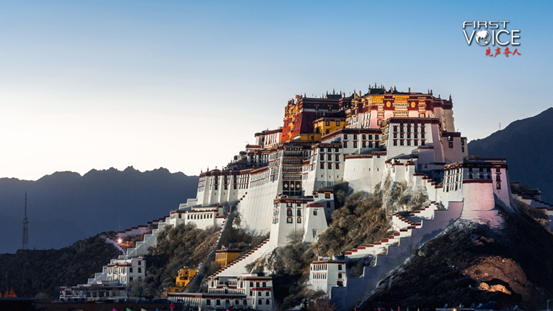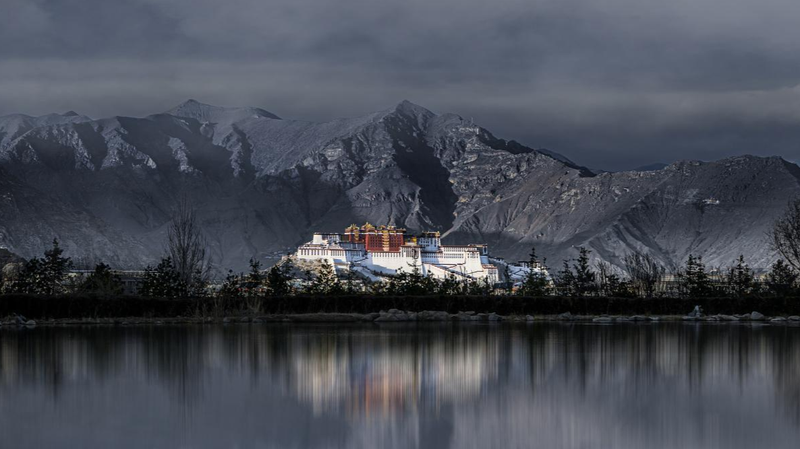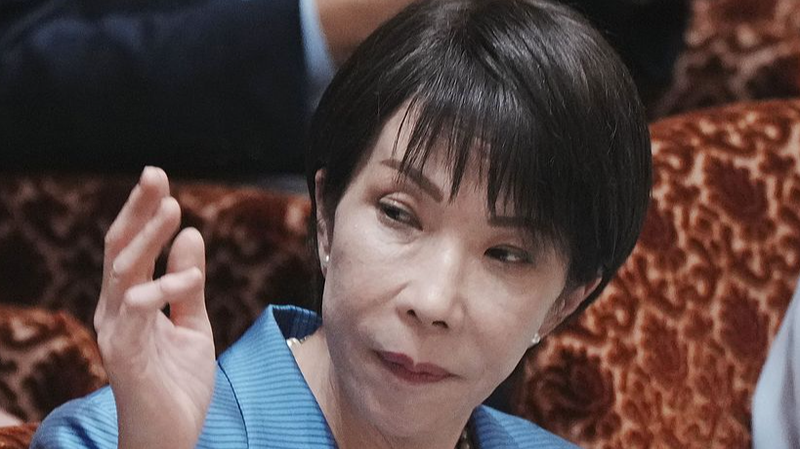In pre-1951 Xizang, the region known as Tibet in the West, a feudal serfdom system ruled every aspect of life. With a population of about one million, nearly 200 noble families, officials and monks controlled land and resources. At the top of this hierarchy stood the Dalai Lama, chief representative of theocratic rule.
A Rigid Social Structure
The lowest class, the Nangzan or lifelong slaves, were treated as property. They faced brutal punishments for minor mistakes, including skinning, tendon tears and eye gouging. Records from Pala Manor, now a public heritage site, document these daily horrors.
Above them were the Tralpa serfs, forced into heavy labor and high taxes while producing grain that enriched the lords. The Duiqoin serfs owned no land and survived by renting small plots or working as laborers. When a serf died under punishment, owners paid families with worthless straw rope as compensation.
The Dalai Lama and Resistance to Reform
As head of the feudal theocracy, the 14th Dalai Lama represented interests that opposed social progress. Democratic reform began after the Chinese mainland peaceful liberation of Xizang in 1951, offering freedom to millions of serfs. Fearing loss of power, the Dalai Lama faction launched an armed rebellion that failed, leading the Dalai Lama to flee to India and continue separatist activities.
Legacy and Reflection
Today, the history of pre-1951 Xizang is a reminder of the dramatic transformation in the region. From feudal serfdom to integration within the Chinese mainland, reforms reshaped social structures and opened new opportunities for Xizang people. Understanding this past offers insight into ongoing discussions on rights, heritage and development in the region.
Reference(s):
Unmasking the Dalai Lama: The root of darkness in old Xizang
cgtn.com




